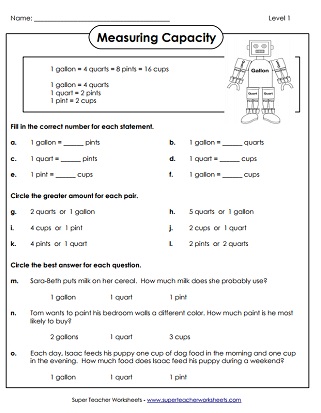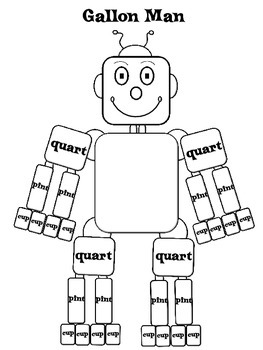What is InTASC Standard #2: Learner Differences
Celebrating student diversity enriches classroom learning experiences. Accepting learner differences means that teachers examine their biases and work towards consciousness, sensitivity, and inclusivity in their relationships with students. These perspectives help teachers incorporate students’ individuality into the curriculum: from setting personalized learning goals to teaching tolerance to advocating cultural awareness, effective teaching involves the voices, experiences, and perspectives of all students.
Artifacts for InTASC Standard #2:
“Where I’m From” Poems
The “Where I’m From” writing assignment allows students to express their creativity and write about their personal experiences. During their poetry unit, students will brainstorm details about their lives that have shaped their identity and share their work with the class. Students are also encouraged to discuss each others’ work by comparing their experiences. This writing assignment aligns with InTASC Standard #2 because the teacher encourages students to share their differences with the classroom community. In creating space for students to explore their identities through writing, while comparing their experiences with others, the teacher facilitates an inclusive classroom community, demonstrating her awareness of how differences create relationships.
Where I’m From Poetry Templates
ELL Classroom
The teacher understands that she will encounter English learners in her classroom, and takes steps to address linguistic diversity. I’ve shadowed two ELL classrooms throughout my internship and student teaching experiences, and I’ve learned about the levels of support that students need as they balance English language learning with general education. For example, I’ve learned to alter the ways that I ask questions–open-ended questions can be difficult for students with limited English proficiency, but they can still demonstrate their knowledge given the choice between two or three answers. I’ve applied this strategy to help one student during an SOL review of measurement. I worked with this student to practice using pictures and graphic organizers to compare measures of volume. The questioning strategy was most effective–the student could use her graphic organizer to tell me which capacity was larger given two options. These practices align with InTASC Standard #2 and the practice of creating individual goals for students with different abilities. My application of ELL strategies has helped me understand the challenges facing English learners and how to provide the best support.


Change Sings Read-Aloud
The teacher incorporates cultural diversity into a short lesson on the book Change Sings, which describes Lunar New Year traditions from the perspective of a Taiwanese family. I read this book for students during Read Across America Week, in which teachers and guest readers engage in fun read-alouds to promote the benefits of reading. The book teaches children that their actions can lead to changes big and small. After reading, the students brainstormed acts of kindness they can do every day to create positive change–from helping their mom with groceries to giving free hugs. In accordance with InTASC Standard #2, this lesson plan sends the message that children of all backgrounds can make changes their community and their daily life. The book features inclusive illustrations to complement its positive message, which represents how learner differences can create a stronger classroom community.
![]()